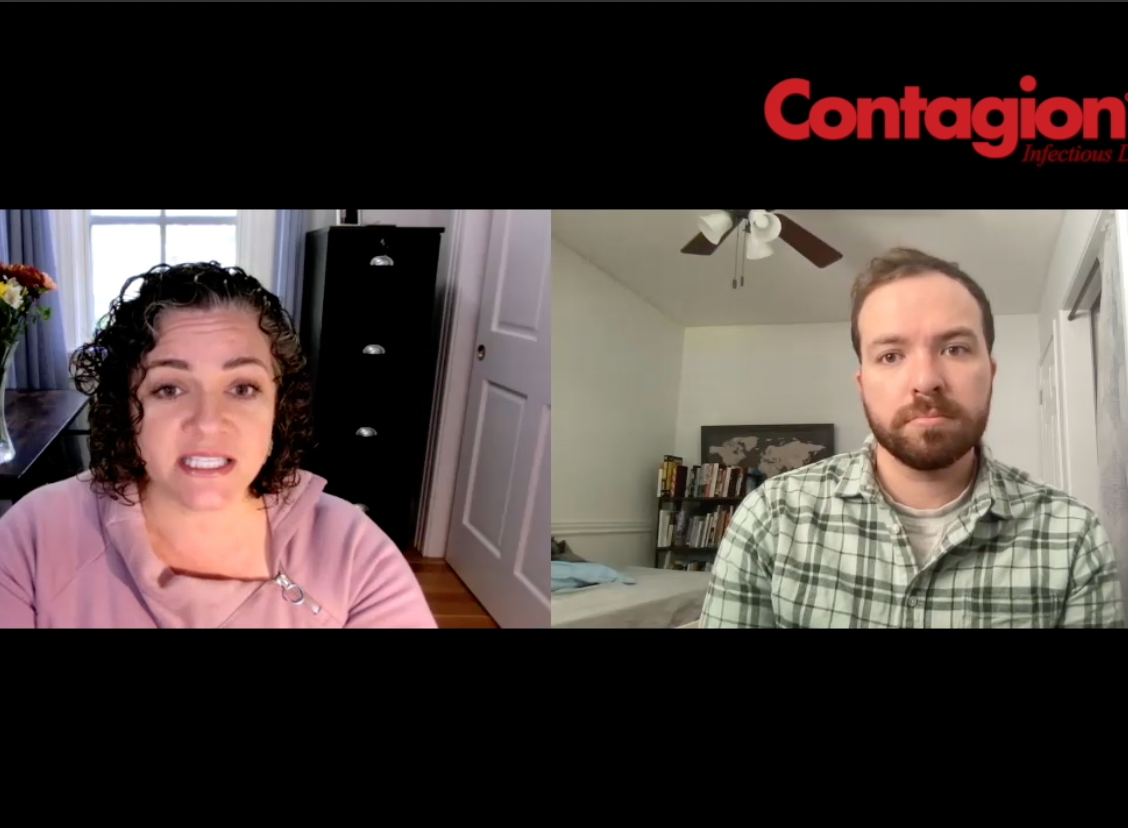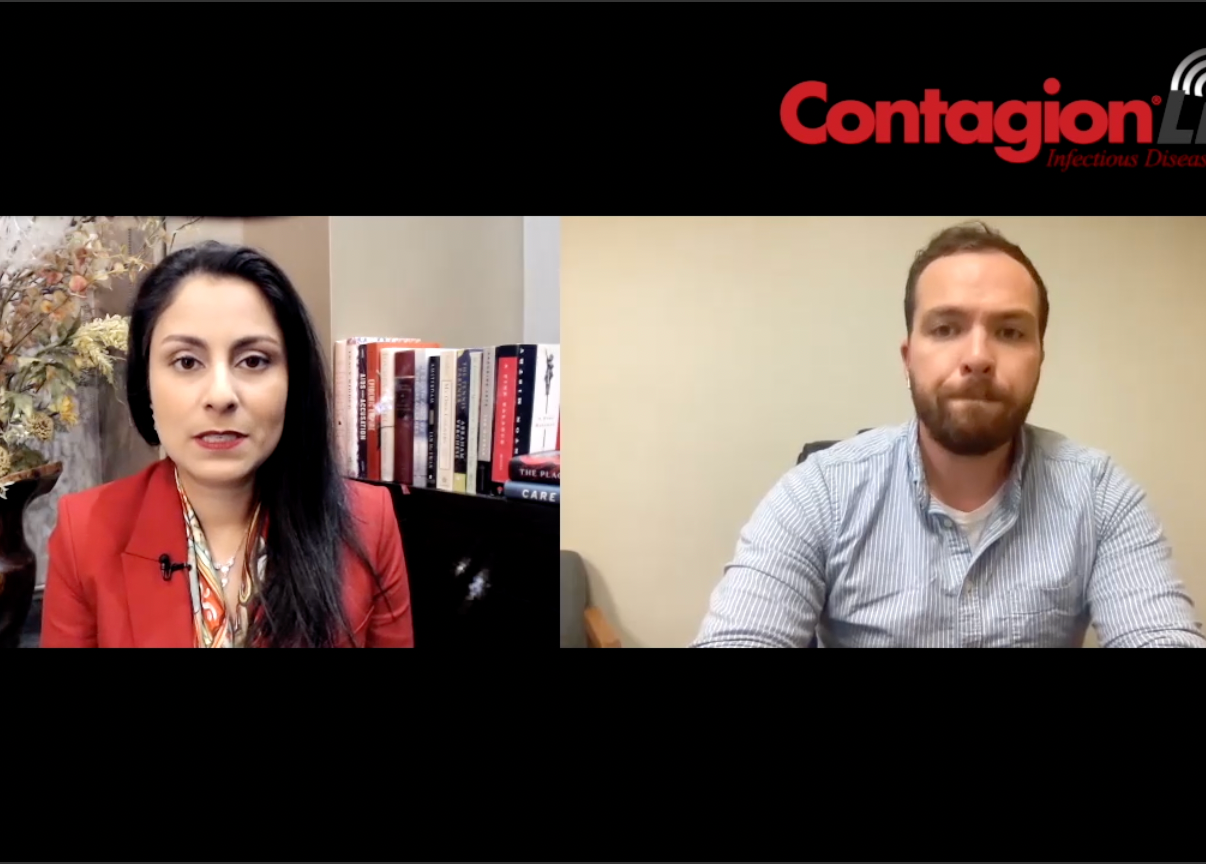Infectious Disease Outbreaks Seen at Burn Centers After Severe Weather Events
Should hospitals worry about severe weather events and their impact on infections?
Burn centers are imperative for patients who have experienced burns, as these conditions are complex, require critical care, and these patients are often at an increased risk for infections and death. The vulnerability patients with burns have for secondary infections is staggering. For example, mold infections in high-risk patients can result in an increased mortality rate of 30% to 80%. Therefore, infection prevention practices are critical in these units and centers. Poor hand hygiene, inconsistent use of personal protective equipment (PPE), or even poorly contained construction, can all result in health care-associated infections in a population that truly cannot afford the additional burden as they fight for their lives.
How does severe weather tie into this though (as the title reflects)? As weather events such as hurricanes and floods increase in frequency, investigators are finding that a strong relationship exists between these events and microbial life. Flooding can increase the presence of mosquitoes and outbreaks of fungal species. Mild winters fail to kill off ticks, which can cause vectored diseases.
To this end, investigators on a new study looked at severe weather events and their impact on hospital outbreaks of infectious diseases.
In their study, the investigators state that they were shocked to find a polymicrobial outbreak of mold infections in burn centers following Hurricane Sandy in October 2012. They describe how they were alerted to something suspicious after a surge of mold isolates were found in clinical samples in November 2012. As a result, they performed a retrospective epidemiologic review of cases through the electronic medical record system and assessed patients admitted to the 10-bed burn intensive care unit (BICU) between 2009 and 2016.
Patients were identified as a ‘case’ if the individual who was admitted during this time grew a non-candida fungal isolate from a clinical specimen. Epidemiological investigations assessed common links between patients, construction that occurred at the hospital (but not adjacent to the burnt unit) during the time period, the physical environment, and clinical practices. “Hurricane Sandy hit Baltimore on October 29, 2012, several weeks prior to the identification of an increased number of mold species,” the authors wrote. “This storm caused 37 visible areas of water infiltration across the campus. Two patient rooms were closed to patients during the storm due to water infiltration. One of the closed rooms was on the floor above the BICU.”
The investigators identified 23 patients and a total of 31 unique fungal isolates in the BICU. “During the outbreak period, which was defined from the time of the first identified mold isolate after Hurricane Sandy to the time of repair of the facility ceiling in April 2014, 4 of 7 patients (64%) had 2 to 4 different mold species isolated,” according to the authors. “In the previous time period, from 2009to 2012, only 1 of 10 patients (10%) had multiple species of mold isolated from their clinical specimens. This suggests diffuse environmental contamination rather than a point-source outbreak.”
The investigators found that cases were mostly housed in corner rooms with windows, which were noted to have air permeation around the seals, despite meeting facility design requirements by the American Institute of Architects. Five of the patients with burns were found to be colonized or infected with a diverse range of fungal species following Hurricane Sandy.
Underscoring the linkage between adverse weather events and outbreaks of bacterial and fungal infections, the investigators stressed the importance of facility design, environment, and response to water permeation. In the facility of focus in the study, actions were taken to seal the windows and convert ceilings to non-porous tiles; however, the authors stressed that the correlation between severe weather events and fungal/bacterial surveillance in high-risk patients should be considered in the future.




















